Race is a social construct – a creation of society – which categorise individuals based on their perceived physical characteristics such as skin colour. Yet being ‘colour blind’ and the idea of not being able to see the colour of others is forcibly put forward when discussing children; ‘children don’t see colour’ and ‘children aren’t born racist ‘are statements we may hear. While it is doubtful that anyone can be ‘born racist’, there have been studies such as those published in Developmental Science, which have found differences in race-based responding in children as young as three months old and racial bias in babies as young as six to nine months of age. ...A finding in a book demonstrates that preschool children use racist language to produce harmful results, to evoke emotional reactions by victims and to recreate social hierarchies...This indicates that children, like adults, do both see race and act differently because of it. For this reason, it is important then to understand how children conceptualise the idea of race and where they learn their responses to it.
Studies have suggested that it is white parents who are most likely to take the colour-blind approach when discussing differences with their children; using phrases like ‘we are all the same’ or ‘we are all members of the human race’ to address any perceived racial differences. While white parents may feel embarrassed or uncomfortable even addressing the concept of race, these misguided claims limit the complexities and lived experiences of many racial groups. White children have consistently been found to prefer their own racial group to any other and they do so from a young age. And while we can still assert that no child is born racist, a finding in the book The First R demonstrates that preschool children use racist language to produce harmful results, to evoke emotional reactions by victims and to recreate social hierarchies, indicating that children can indeed be racist.
Constructing racial identities
Children, like adults, become more complex human and nuanced human beings through their interactions with other human beings. Their idea of their social identity comes from everyday interactions and early on, children display favouritism towards those who share the same or similar social identities. In-group bias means favouring people who look like us or who are like us in other ways, showing in-group rather than out-group preferences. Can we argue then that white children showing a preference towards children of their own race is merely an example of in-group favouritism? Can we argue this if a child shows outright hostility towards an out-group?
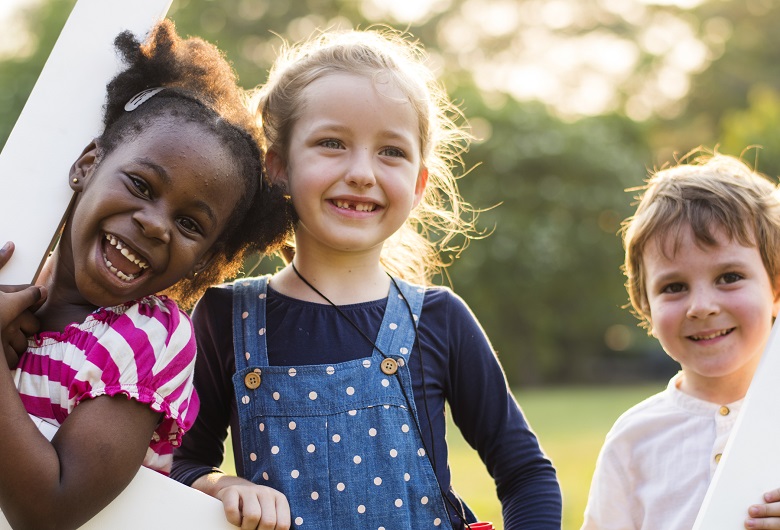
The suggestion of in-group preference could be the case if it weren’t found in doll studies that Black children have been shown to share a preference towards white children and in some studies have gone as far as to identify themselves as white. Doll studies describe psychological studies where dolls representing different racial and ethnic groups have been used to examine racial identity acquisition. In these studies, children as young as three can have negative biases towards different racial groups, even if they have never seen a person of another group. Between the ages of 4 and 6, Black children are seen to develop a pro-white bias. This goes beyond recognising yourself in others and leans towards something more insidious.
Children as young as three can have negative biases towards different racial groups, even if they have never seen a person of another group.Children are exposed to racial and ethnic ideas before they can even speak clearly through their immersion in and observation of the large social world. Lev Vygotsky, a psychologist whose approach to learning, socio-constructivism, sees children as social actors actively involved in creating and thinking about their identity from their experiences with relevant others, co-constructing their understanding of the world through the lived experiences of those around them. Studies have found that white children learn early to view their lives as neutral, average, and ideal, the default position. Examples exist in the media, where it is still uncommon to see products being advertised to non-white people and in general society, people who are non-white are often asked where they ‘are really from’ if they identify as British. Essentially, white children learn from their experience and the experiences of those relevant to them that they demark the ideal person, this is perpetuated in the media they consume. So, where do Black children learn about themselves?
The role of parents/caregivers and society
Aligned with the socio-cultural approaches to children’s development is the idea that Black parents will bring their own racialised experiences to their parenting. While there is a tendency for white adults to avoid discussing race and limit children’s understanding of the nuances of racial meaning through phrases like ‘we are all the same’, Black parents often discuss their own racial experiences with their children from an earlier age, and this is becoming more common due to global events such as the Black Lives Matter protests.
‘Ethnic-racial socialisation (ERS)’ or ‘Racial-ethic socialisation (RES)’ describes the developmental processes which allow children to learn the behaviours, perceptions, values, and attitudes of an ethnic group, and come to see themselves and others as members of the group.
It consists of verbal and non-verbal messages and practices with racialised communities that aim to shape the beliefs, attitudes, and behaviours of children surrounding race.
In their study titled ‘What should young Black children know about race?’, three American researchers explored the use of ERS across four themes:
- Cultural socialisation: the promotion of ethnic heritage with the intent to create cultural pride.
- Preparation for bias: raising children's awareness of racial discrimination and contain strategies for handling discrimination.
- Promotion of mistrust: these messages highlight discrimination experiences and emphasise being untrusting of those in the racial outgroup.
- Egalitarianism: these messages stress shared humanity across lines of ethnicity and race.
It was found that participants with preschool children favoured messages of egalitarianism over preparation for bias indicating that Black parents too wanted to emphasise similarities. In these cases, however, there was a sense of protectiveness underlying the egalitarian messages where it was clear that participants wanted children to grow up with the sense that they were no less worthy to be happy and successful, providing their children with a sense of equality and hope.
While most overtly racist attitudes and discriminatory practices have been outlawed and/or eliminated, a vast informal system of racism still exists, seeping into society's ideas and conversations.Parents are not the only sources for modelling and imparting racial attitudes to young children. There is evidence suggesting that children's racial attitudes and early prejudices actually reflect the widespread racial attitudes embedded within the larger society. In contemporary societies, while most overtly racist attitudes and discriminatory practices have been outlawed and/or eliminated, a vast informal system of racism still exists, seeping into society's ideas and conversations.
We cannot assume that children are immune or unaware of its power or suggest that they only learn of it when they are explicitly taught about it by adults. This denies a child’s ability to absorb and manipulate the social world; just as a baby acquires early language from immersion in social situations, a child becomes aware of racism through the same means. The differences in treatment and representation of non-white individuals is plain for children to see and make sense of.
For parents and caregivers of white children, it should be clear that notions and declarations of colour-blindness are, at best, reductive, and, at worst, harmful. These parents should aim to educate themselves in the realities of racial discrimination against various groups and about the various aspects of individual and institutional racism, that is radical discrimination that has become established as normal behaviour within a society or organisation. If we can acknowledge that racial prejudice and discrimination exists within the systems of our society and there are benefits for white people over non-white people in these same societies - white privilege - this will help us to reject the suggestion that major social inequalities result from the personal failures or poor motivation of non-white people.
For parents of Black children, the use of egalitarian verbal and non-verbal messages can hopefully embed a sense of self-value within their children. Families of white children should aim to diversify friendship groups of both adults and children to experience the cultures and perspectives of different racial groups, emphasising the value of this. However, it is important for white people to not place these new friends in the role of educator on racial and ethnic issues. Children should be introduced to diverse cultures through books, music, multi-racial events and multi-racial activities in local communities with the aim of expanding racial-ethnic horizons as well as expanding minds. All parents should recognise and encourage the curiosity and enquiring minds of children and note how attuned they are to fairness and rule-following. Parents should use this curiosity and leanings towards social justice to point out instances of everyday racism and actively discuss these with their children.
Final thoughts
Arguably, the only way for children to be non-racist would be for them to be born into a non-racist society. Unfortunately, this cannot happen yet. The unconscious parts of our minds do a lot of the work perceiving the world for us and as a result, a lot of our judgements and even our actions are not equitable. We need to be aware of that as we interact with the children around us. Refusal to acknowledge race and racial differences allows people to ignore displays of persistent discrimination and thereby not be able to teach our children about them. How we talk to children about themselves and other shapes how they view themselves and others. Not talking about our differences speaks volumes. Race is a social construct, but racism is a social reality and it is one we cannot be blind to.
How we can teach children about race and why it’s important that we do
Mel Green’s presentation explores how children and young people learn about constructions of race and racism from early socialisation. She discusses ways that adults can approach racial dialogues with young people and how this will benefit children and their families in the long term.
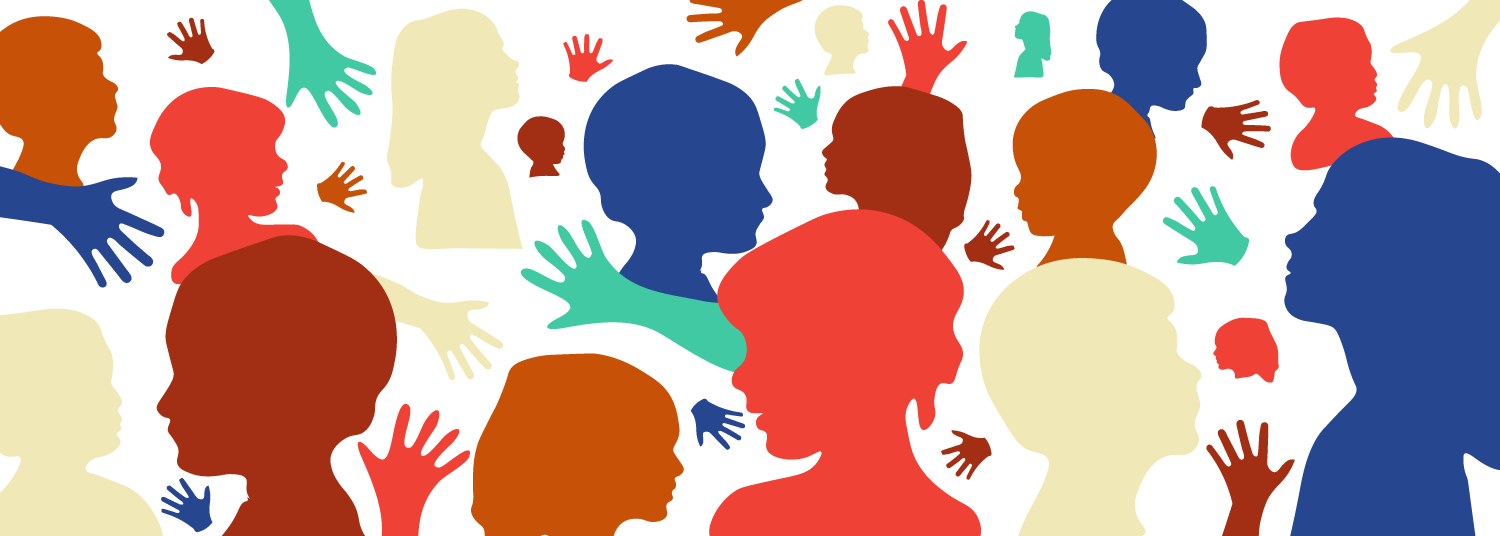
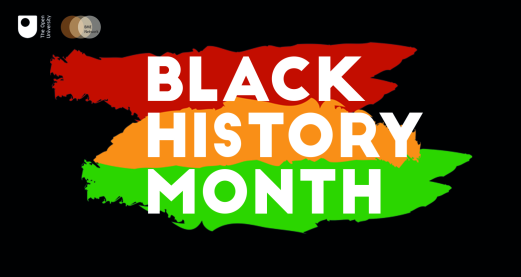
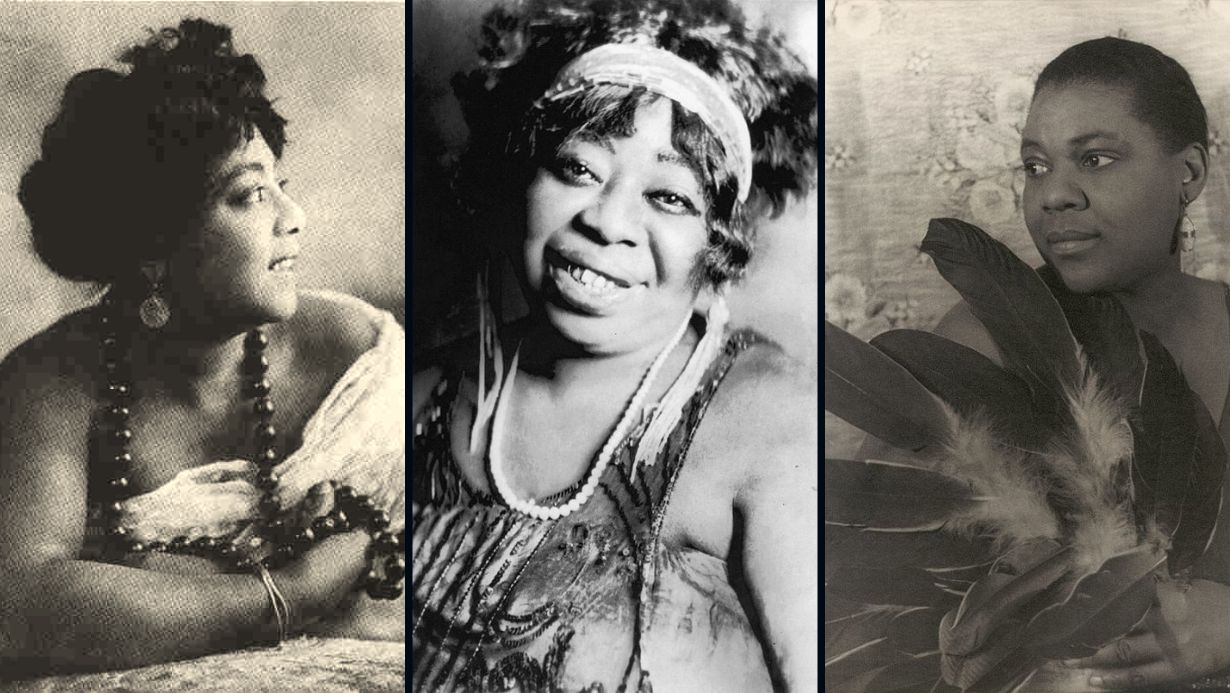
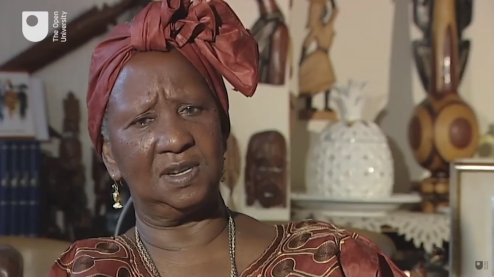
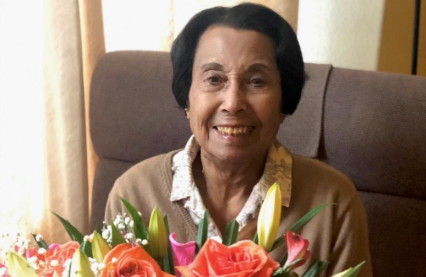
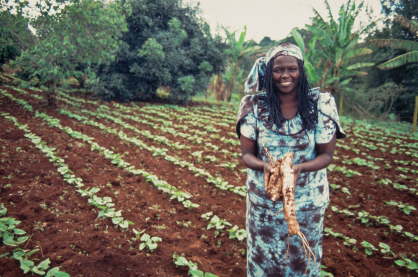
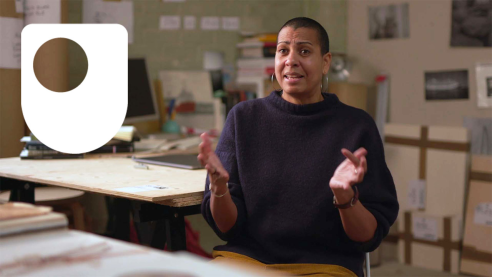
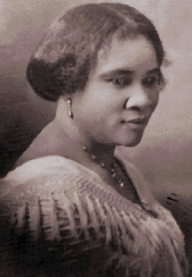
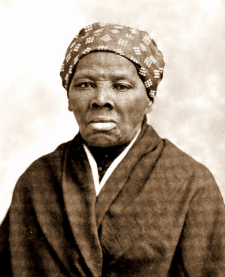
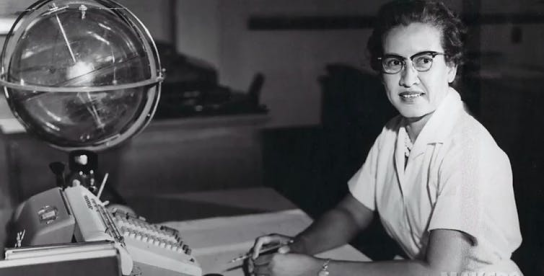
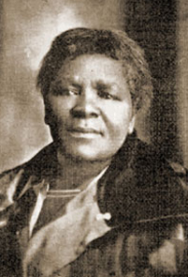
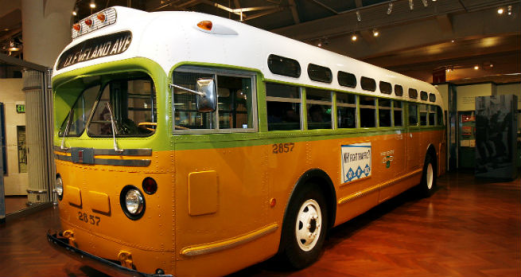
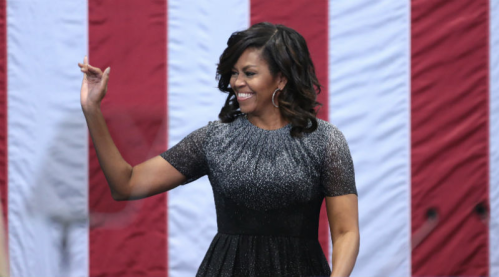
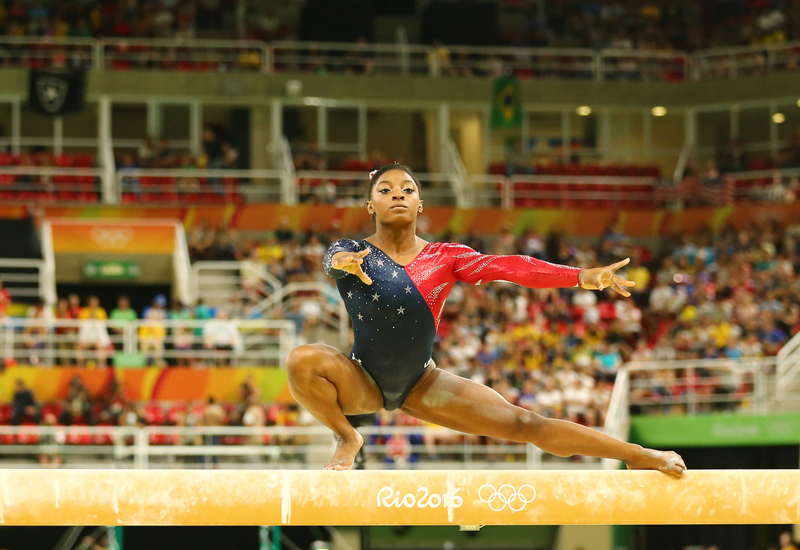
Rate and Review
Rate this article
Review this article
Log into OpenLearn to leave reviews and join in the conversation.
Article reviews
My parents were born in nairobi , Ia nd the rest of family cousins my children were born in Nairobi and some of my cousins were born inMbale Ugand.
But my faather side came from Afganistan and my mum side from India.I call we ar
e the product of British Empire.
My husbnd has Scotish back ground , we met in Nairobi.My children are of mix race .
In England I never felt different until recently after the Black lives matter, a lot of people stare at me.
It is long story but the above articles are very interesting I would like to go through all of the all the articles
I have been Open University student for a long time and I have worked for the Open University
Thank The Open University
Arfa Bayne
Thankyou